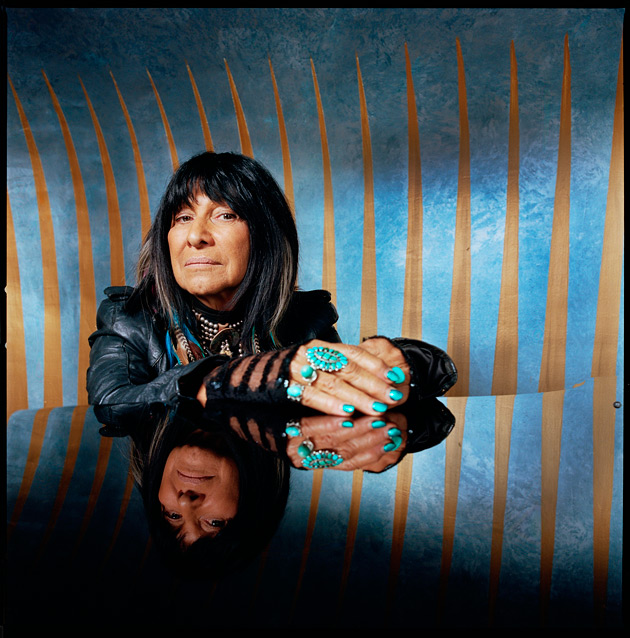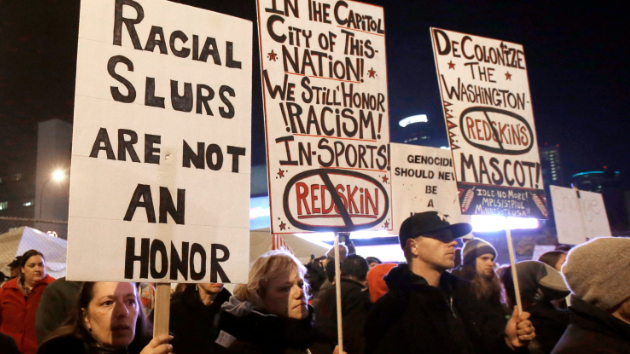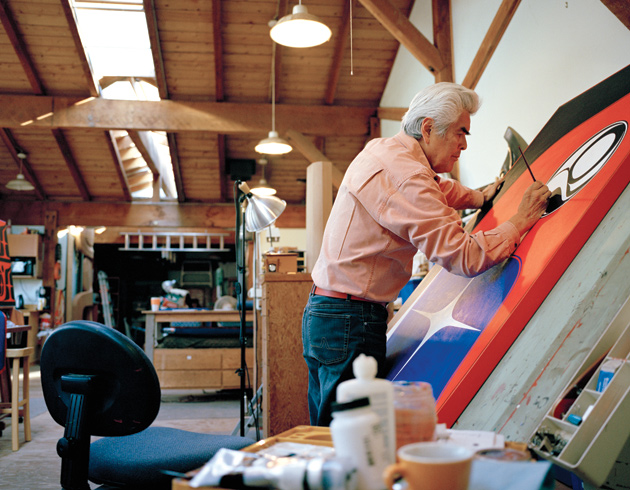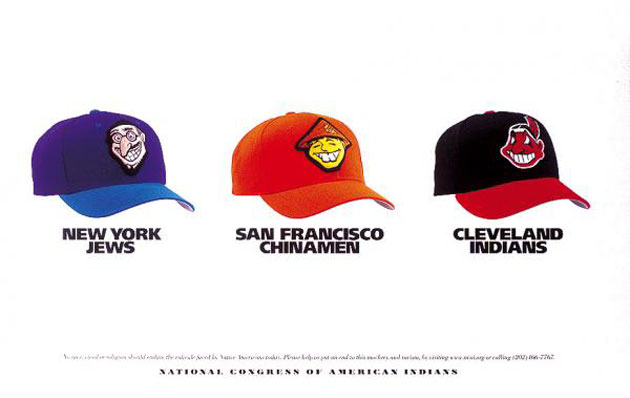
Buffy Sainte-Marie appears on the cover of her 1964 debut, It’s My Way, as a peaceful looking Native American girl with soft features, downcast gaze, and a feathered bow resting on her shoulder. But looks are misleading: Sainte-Marie burst out of the gate with blistering protest songs, like “Now That the Buffalo’s Gone” and “Universal Soldier,” that stand alongside the best of the era.
A gifted songwriter, her music has been covered over the years by a wide spectrum of artists. “Universal Soldier” was a hit for both Donovan and Glen Campbell. “Co’dine” has been interpreted by Janis Joplin, Gram Parsons, Quicksilver Messenger Service, and Courtney Love. “Until It’s Time for You To Go” was picked up by none other than Elvis—not to mention Cher, Nancy Sinatra, Roberta Flack, Neil Diamond and others. Not content to be pigeonholed as a folk singer, Sainte-Marie explored country, rock, and electronic music during her years with Vanguard Records. And while it was commercially ignored upon release in 1970, her album Illuminations gained a cult following for its cosmic and spiritual elements, aided by the early use of a Buchla synthesizer.
By the early ’70s, Sainte-Marie had ruffled enough political feathers to get herself blacklisted from commercial radio. As her recording career receded, she adapted, appearing regularly on Sesame Street from 1976 to 1981 to educate kids about motherhood and Native American culture; composing for film (she co-wrote the Oscar-winning love ballad “Up Where We Belong” from An Officer and a Gentleman); and staying engaged in Native American activism and education.
This past May, Sainte-Marie released Power In The Blood, her first studio album since 2008. It’s full of the same creativity, openness to new sounds, and political acidity as the best of her previous work. The opening track, a reinterpretation of the title number from her very first album, is a reaffirmation of her core principals, a circling back and a step forward: I’m cutting my own way / through my own day / and all I dare say is / It’s my own.
Mother Jones: Vanguard Records was an important folk label. What was your experience with them?
Buffy Sainte-Marie: They started out as a classical label. Then they got real lucky with Joan Baez, who brought a spotlight to Vanguard that they had never had before. I wasn’t like Joan or Bob Dylan: His family was in business, Joan’s parents were college professors, Judy Collins’ parents were music teachers. I was from a working-class family. I had never met a lawyer or a businessman. When I went in to sign with them and they gave me my contract they said, “Who’s your lawyer?” And I said, “What’s that?” And they said, “Oh, you can use ours!”
I guess they thought that I wasn’t gonna last. I think they thought that I was probably a drug addict or something, which I wasn’t. Or that I was gonna die. I wish that I could have chosen the takes from the recording sessions. I felt that they didn’t always represent the songs as well as they could. So I wasn’t happy there.
I didn’t consider myself a singer anyway, so I don’t squawk too much. I was making glorified demos for my songs—that was my intent. I had a teacher’s degree and a degree in Oriental Philosophy from the University of Massachusetts. I thought I was going to India to study but all of a sudden, I had a career in music. It really surprised me. I was there because of the songs. I always had wished somebody else would sing my songs, but there wasn’t anybody who knew them, so I sang them myself and eventually became a better singer and guitar player.
MJ: The photography on many of those albums is striking. Did you have a say in that?
BSM: It was kinda what they wanted me to do. A few albums in, I began to say what I wanted. I chose the picture on the back of Many A Mile, and they were nice enough to use that. But for It’s My Way and the front of Many a Mile, that was the art director, Jules Halfant. When I finally was going to leave the label, there was one album, The Best of Buffy Saint Marie Volume 2, where I’m orange—it’s kind of an ugly picture. I was in the hospital with something minor, and Jules, who’s a nice old guy, came and told me that that was the cover they were going to use if I would not re-sign. So they kind of threatened me with that cover. And I did not re-sign.
MJ: Wow! They actually used bad photography as leverage?
BSM: Isn’t that lame?
MJ: Illuminations has developed a following for its experimental elements, especially the early use of the Buchla synthesizer. But it seems like you’ve always been experimental.
BSM: Right from the start, really. Using a mouth-bow, nobody did that on a first album. I sang a song in Hindi; nobody even knew what that was. Singing about Native American issues, nobody did that. It was quite deliberate in that I had no reason to want to copy anybody else. What I wanted to give audiences for the few minutes that I thought my career would last was something unique. With Illuminations, that technology was unheard of. Folk singers did not do that. Some people say I was very brave, but I really just didn’t know any better. All I had was my originality.
MJ: Where did this experimental instinct come from?
BSM: It’s really very childlike. I was playing with sound like I would have played with pots and pans as a kid. You know, you take a bunch of little kids to the beach and they all make art. Adults are too stupid to call it art, but it is art. They’ll use their imaginations, make drama, make up characters, make pictures in the sand, they’ll make up songs that no one’s ever heard before. All kids, I think, are creative, but they get it pounded out of them in school.
Some of my songs are like dreams, and when you go to sleep at night you don’t know if you’re gonna have a dream or what you’re gonna dream about. There are songs of meaning like “Universal Soldier” or “Bury My Heart at Wounded Knee” that are more like journalism. The idea still comes to me like a dream, but I really work hard to shape the song so that it’s attractive to other people. There’s a skill that goes with that, because I don’t want to just yell at anyone. You don’t want to give people the information in an enema. I figure if you can say something in three-and-a-half minutes that would take somebody else a 400-page book, then you better do it that way. I’m trying to entice people, and sometimes my information is very hard hitting. So I’ve always wanted to have that soft approach.
MJ: How can adults get back to those innate creative instincts?
BSM: Everybody’s creative. We create our songs and our paintings, our families and our children. Every one of us is on the cutting edge of the future. This is it right now. Do it now! Play now!
There is an exercise I teach at colleges: Get yourself a canvas and a bunch of acrylics and go into a very dimly lighted room. Dip a brush into one of the colors, slap it on the canvas, don’t look, close your eyes, make a painting, don’t look, turn the lights on and see what you’ve got. I think this releases people from the editor in their life that’s always standing over their shoulder saying, “Oh, you don’t have any talent; who do you think you are?” All that kind of nah-nah bullying that we carry with us from the schoolyard.
I didn’t know what I was gonna get the first time I sat down at a piano, but I loved it and it became my playmate for life. Grab a guitar, put some kind of strings on it, I don’t care, a banjo string, then a violin string, then a guitar string, tune it any way you want, and make some noise, and see what you get. And work on it until you get something that you think is interesting. That’s all there is to art for me.

MJ: You found out many years after the fact that radio stations were getting letters from President Lyndon Johnson’s administration commending them for not playing your music.
BSM: Who would have ever thought that?
MJ: When your career started slowing down, did you wonder what the hell was going on?
BSM: No, I just figured singers come and singers go. When the labels got ahold of folk music, it went from Phil Ochs to the Mamas & the Papas. Also the coffeehouse scene changed radically at the same time. They reopened the liquor licenses. That kind of put an end to the student movement, because young students couldn’t get in. A boozing crowd is different from a coffeehouse crowd. In the beginning it was different artists every half hour. Even radio play was so diverse. It was a lot like the internet now. So for me this time right now is kind of a dream come true, and a fulfillment of what was going on in the ’60s.
MJ: I feel we are seeing a new resurgence of civil rights activities around equality for LGBT people, women, and African Americans. Do you see a cycle to these things, having lived through several eras?
BSM: I have, yeah. I think there are cycles. With regard to attention to Native American issues, it’s like every 20 years—every time somebody makes an Indian movie, the fashion industry cashes in on it. Somebody puts Cher on a horse with a headdress and a miniskirt and everybody thinks she’s an Indian for a minute. Some of those things can be really detrimental—that certainly was. A lot of Native American people were really working hard and all of a sudden, here’s this girl who used to be Armenian and French, and she’s an instant Indian. If she had only followed through and spent some time on the reservations, it might have made a difference to people. It made people who did have some feeling for Native Americans feel as though they could buy a Cher album and do something for the Indians. But really, it steals the thunder.
MJ: In America, it feels like we have a very distorted understanding of Native culture.
BSM: In Indian country there are very wonderful things going on, but I feel sorry for people of good heart who have never had a chance to learn the realities of Native American everything—not just our history but the sweetness and the beauty and the reasons why were so close to Mother Earth. There is so much joy in native culture but so much poverty. It’s very disturbing.
People sometimes ask me, because of the blacklisting, “Do you hate the government? Don’t you hate white people?” No, it’s greed that’s the problem. Look up the Doctrine of Discovery. It is a series of papal decrees that say if explorers are out discovering places and the inhabitants are non-Christian, the people can be enslaved or killed. That became a part of US law. It’s still around! We’re trying to get through to Pope Francis to do away with it—not only Native people but also groups of nuns, priests and clergy of every kind. It’s a great tragedy that things like this are not known, because I think people would help.
I was so naïve when I first started singing “Now That The Buffalo’s Gone.” I thought those nice white people, if only they knew, they would help. In a lot of cases they did. But the big picture is that most nice people have never been exposed to the facts.
This profile is part of In Close Contact, an independent documentary project on music, musicians, and creativity.
Special thanks to Sid Gold’s Request Room for the use of their venue.















